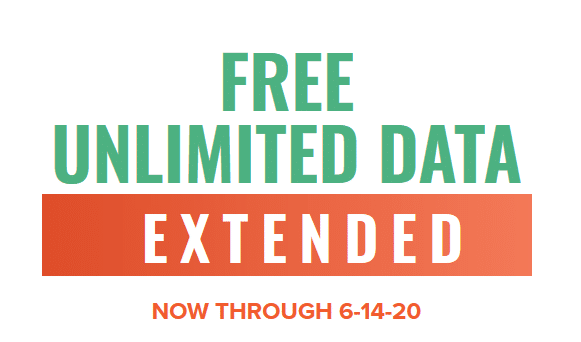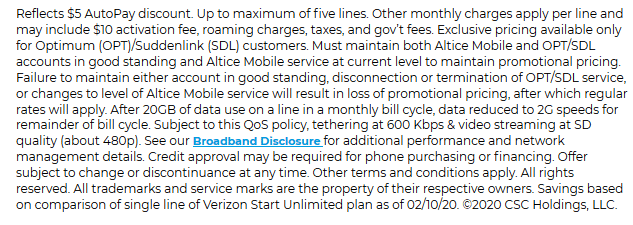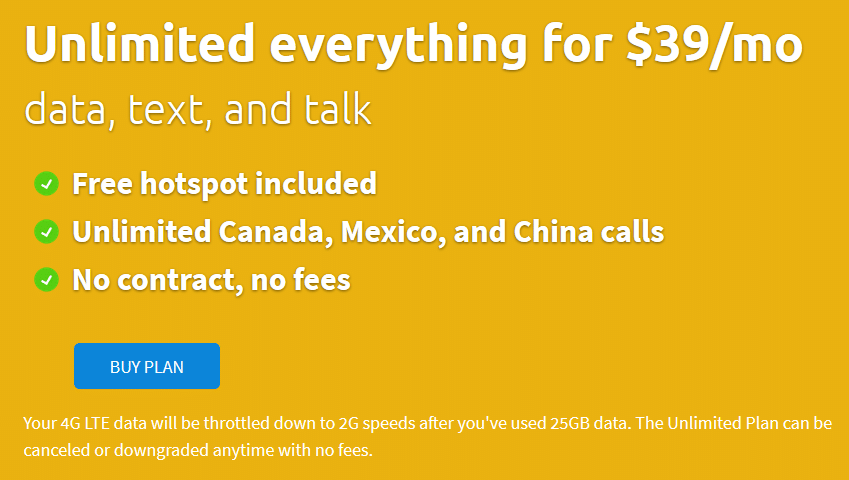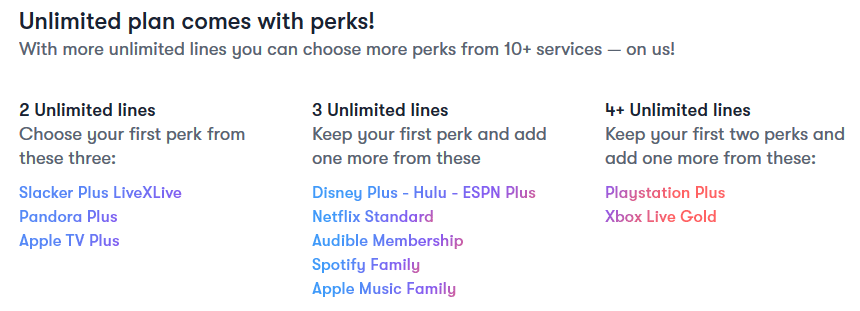In September, Mint Mobile launched an unlimited plan. The plan is a good deal with a price as low as $30 per month, but I’ve been critical of Mint using the word “unlimited” to describe a plan that actually includes 35GB of data each month.
Yesterday, one of Mint’s owners, Ryan Reynolds, shared a video about an upcoming feature on Mint’s unlimited plan. Soon, Mint will begin recommending that light and moderate data users on the unlimited plan renew to cheaper plans with smaller data allotments. Here’s how Mint explains it:
But wait, don’t most big wireless companies try to upsell me even if I don’t need it? Yes, they certainly do…but luckily, we’re not them. Our whole thing is to make sure you get premium wireless for less. Because if you’re only using 5, 6 or even 9 GBs a month, you shouldn’t be paying more for an unlimited plan you don’t need.
I’m glad to see Mint pushing against the industry’s trend towards unlimited plans for everyone. You can see Ryan Reynolds full announcement below:
















